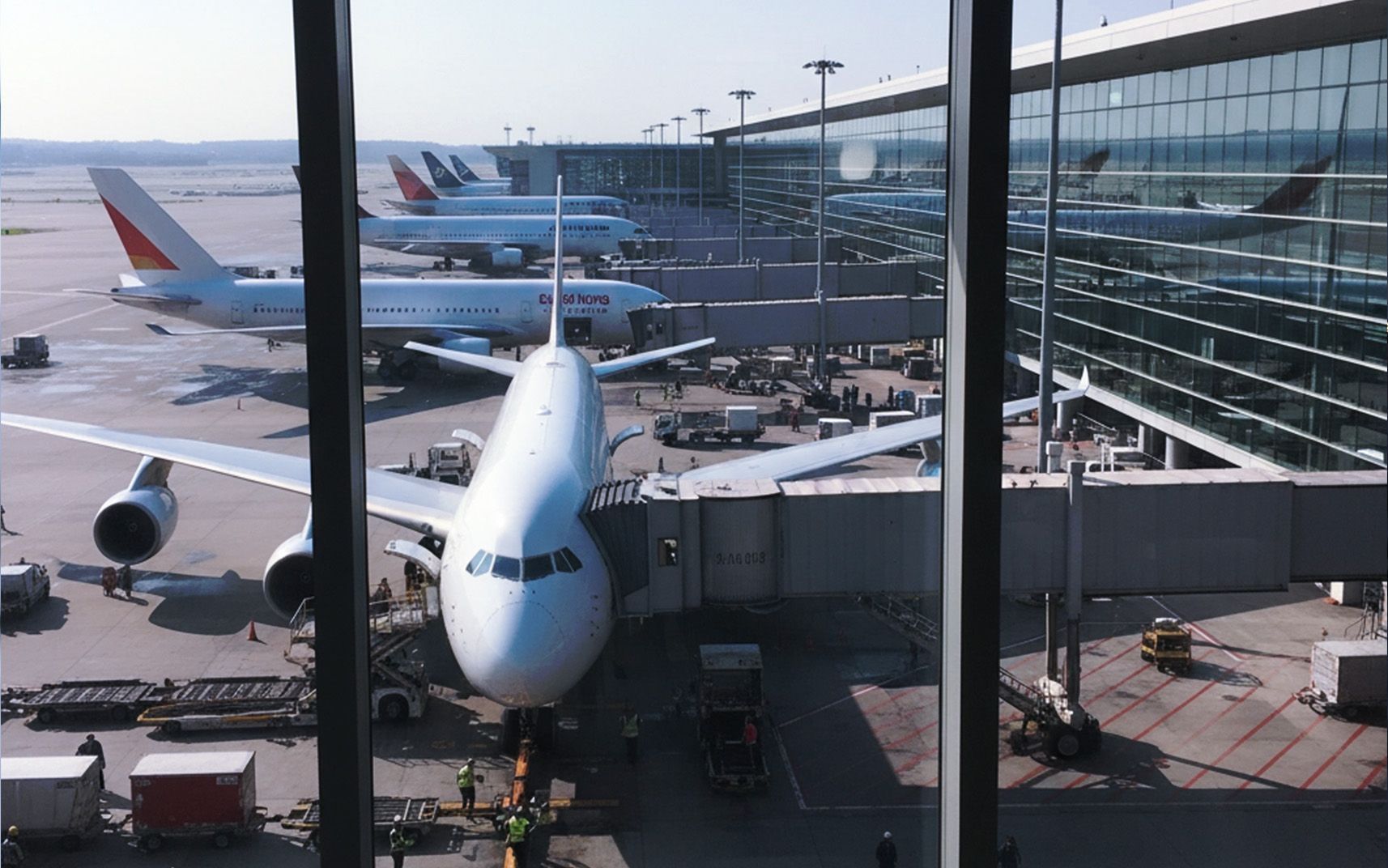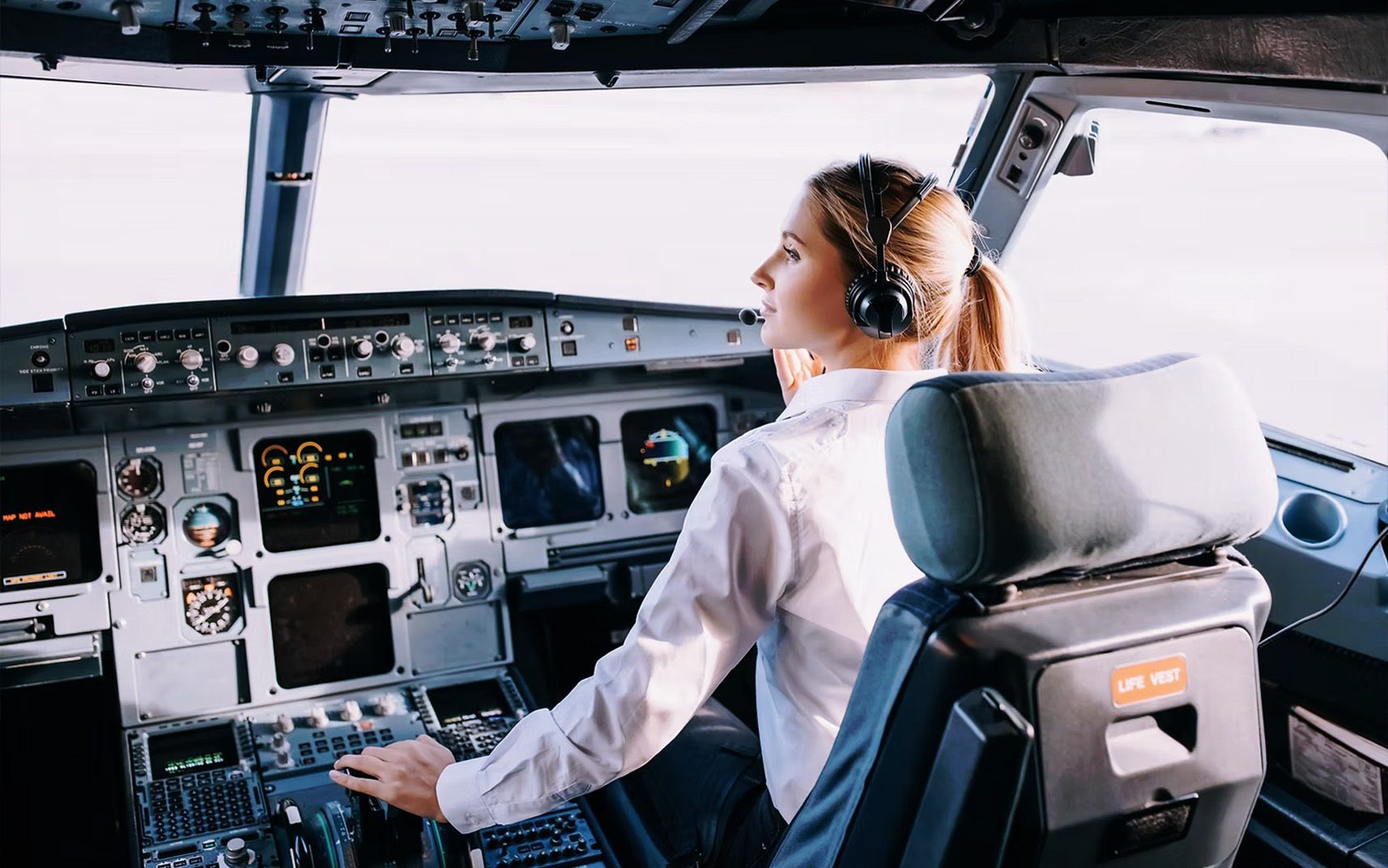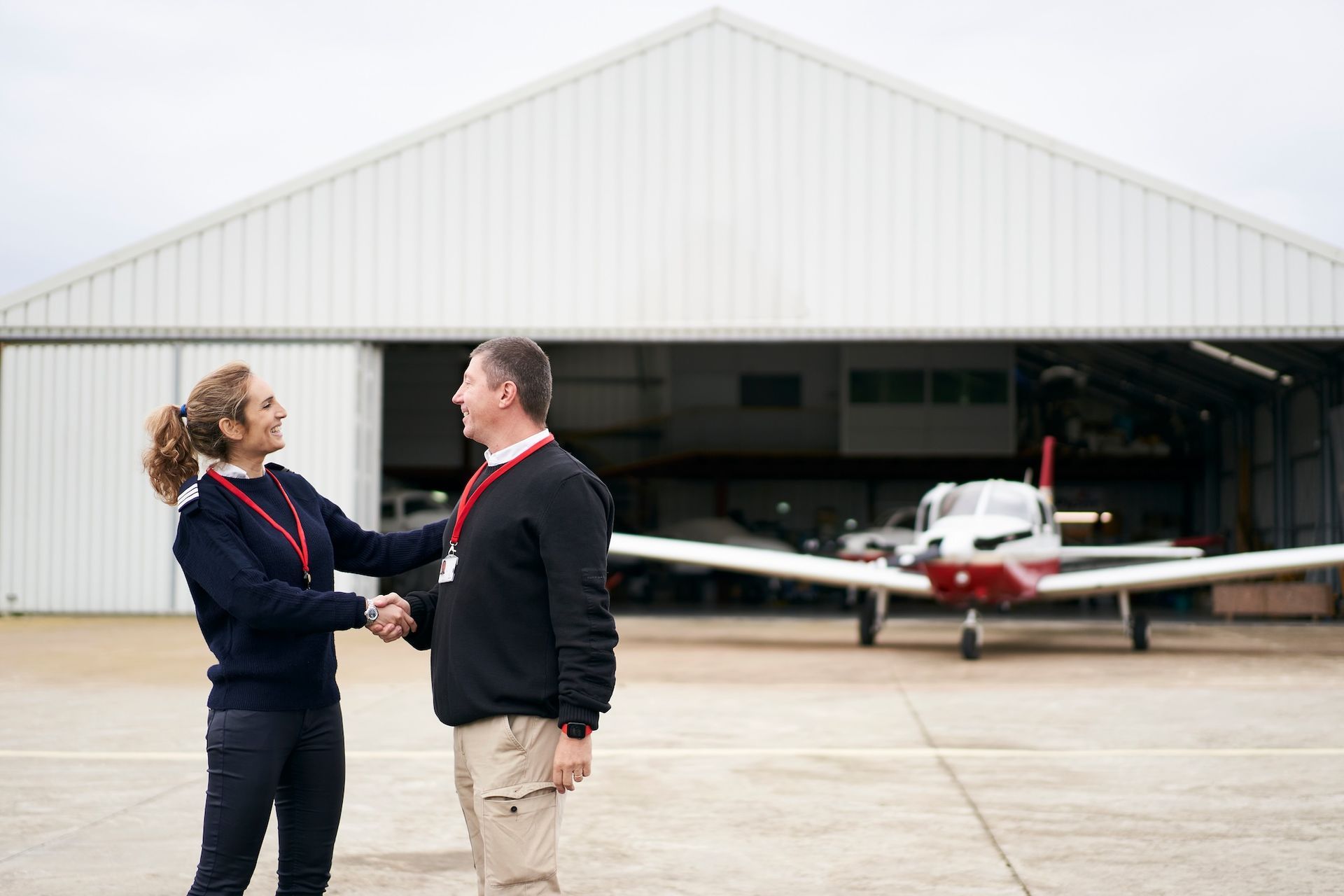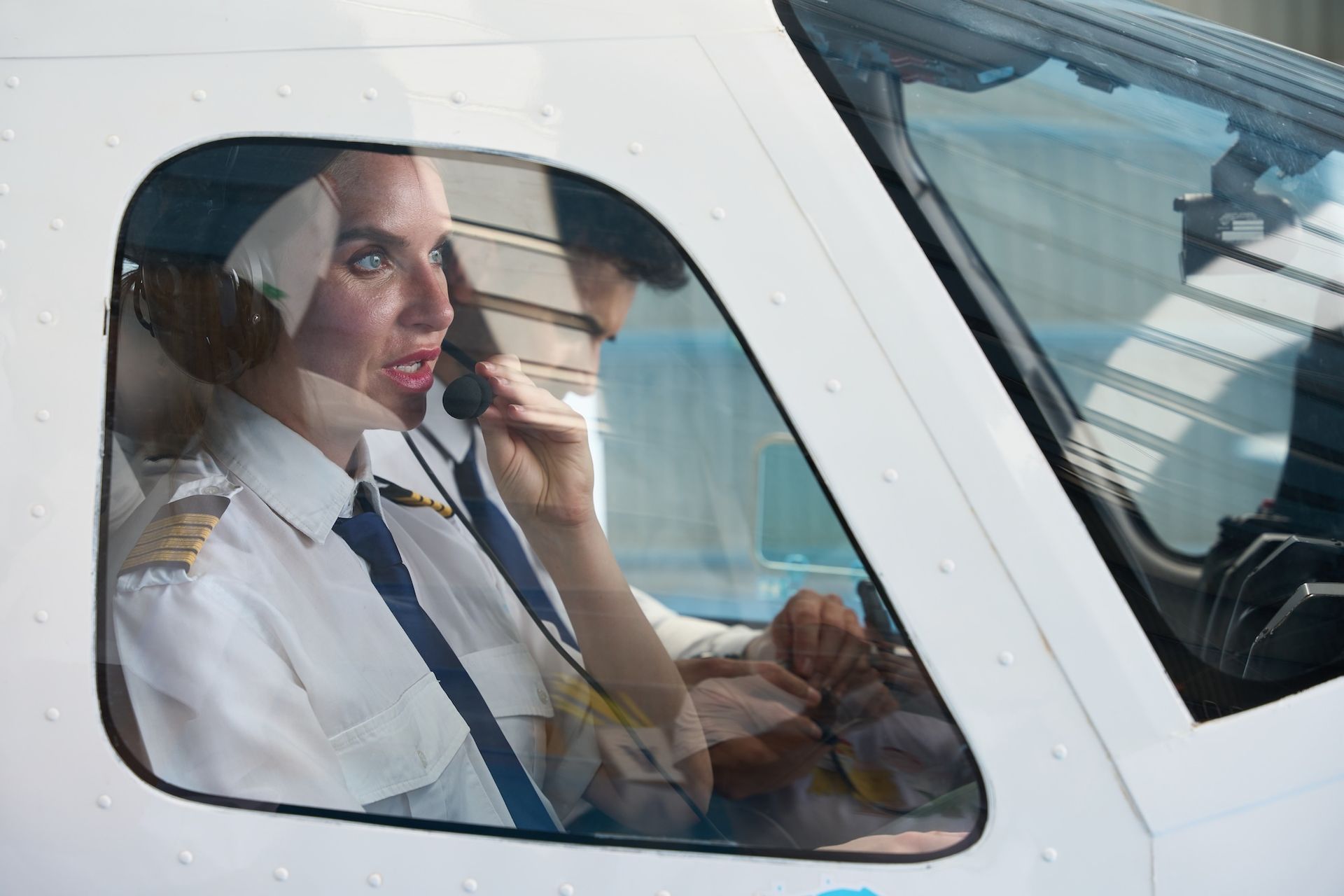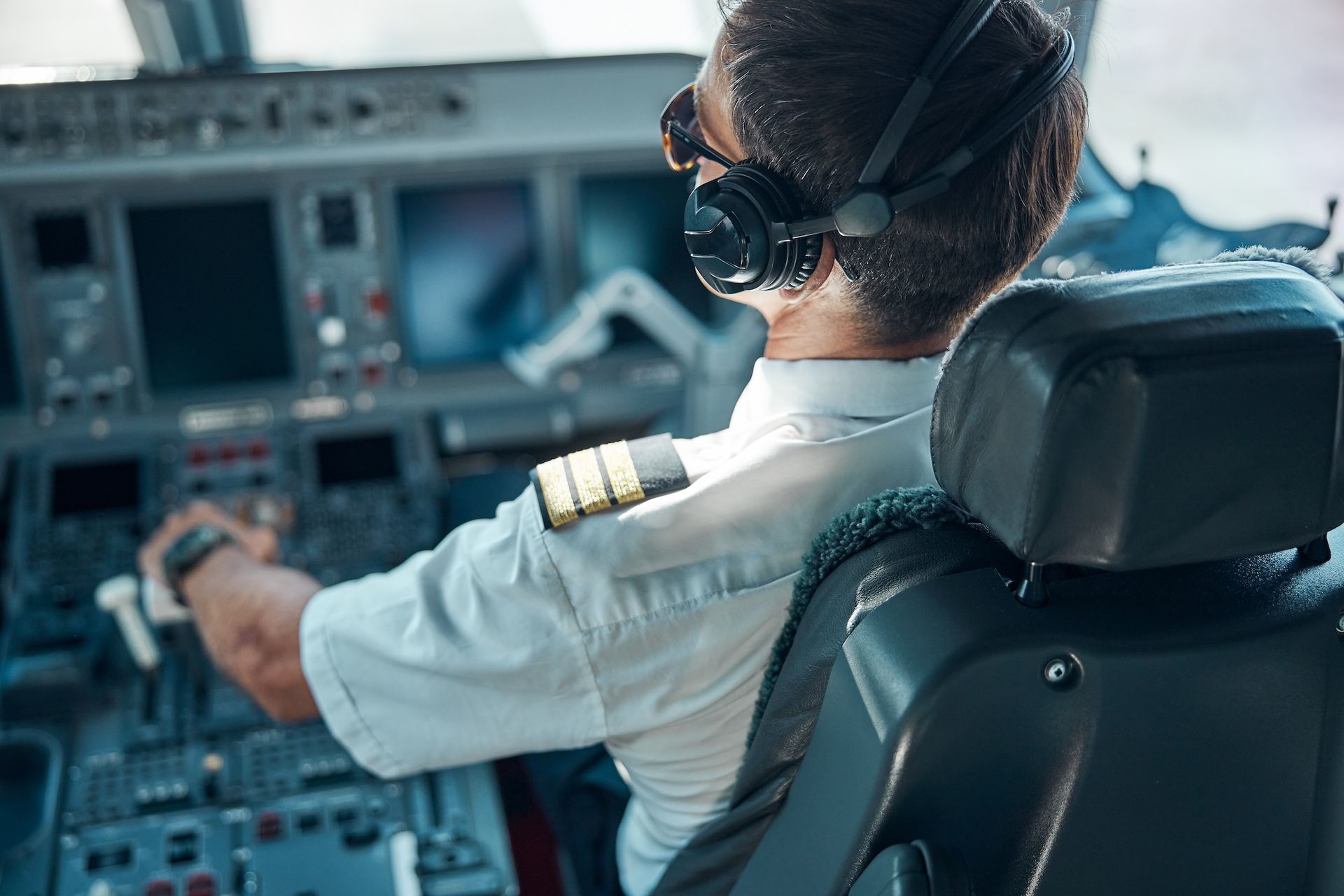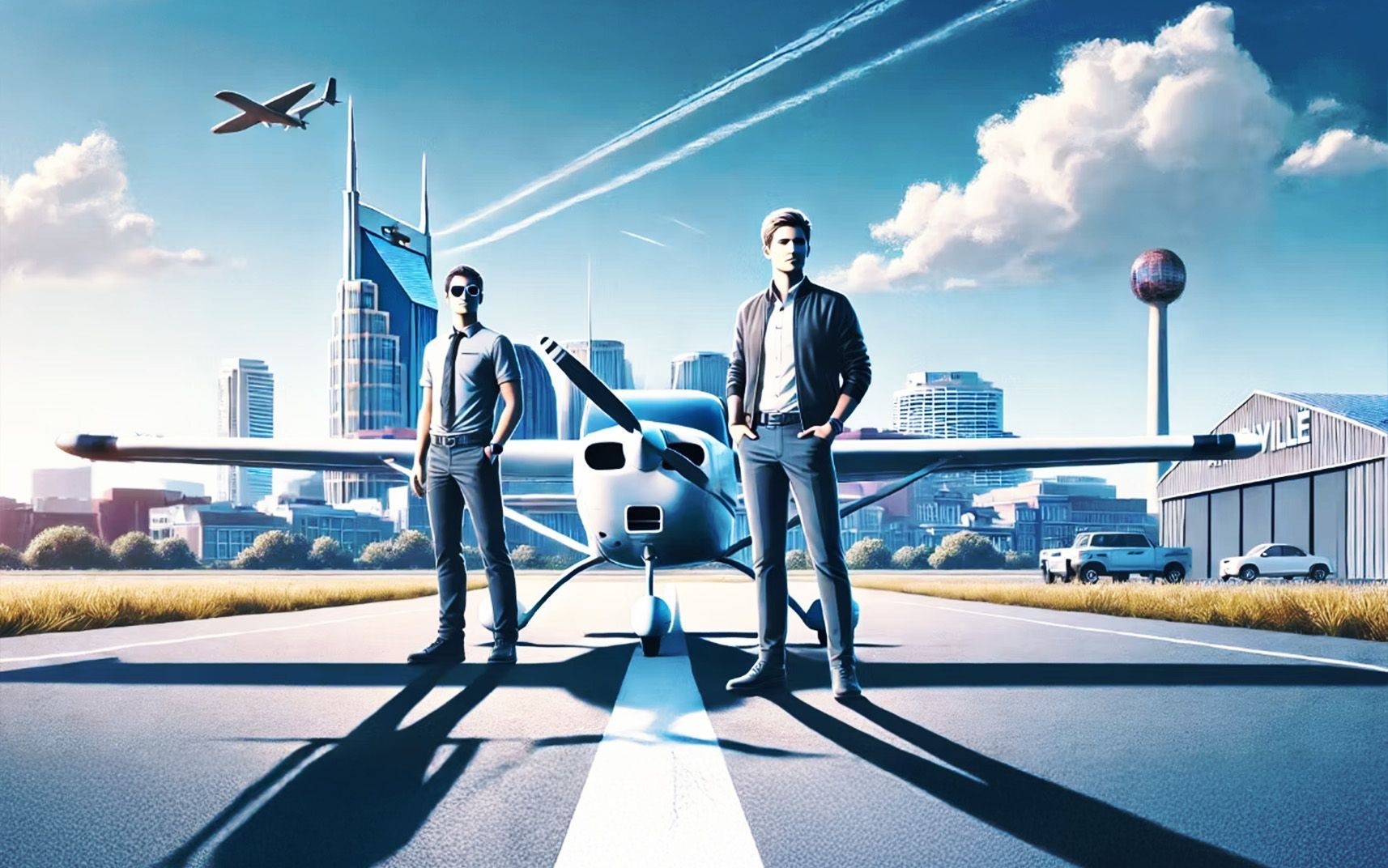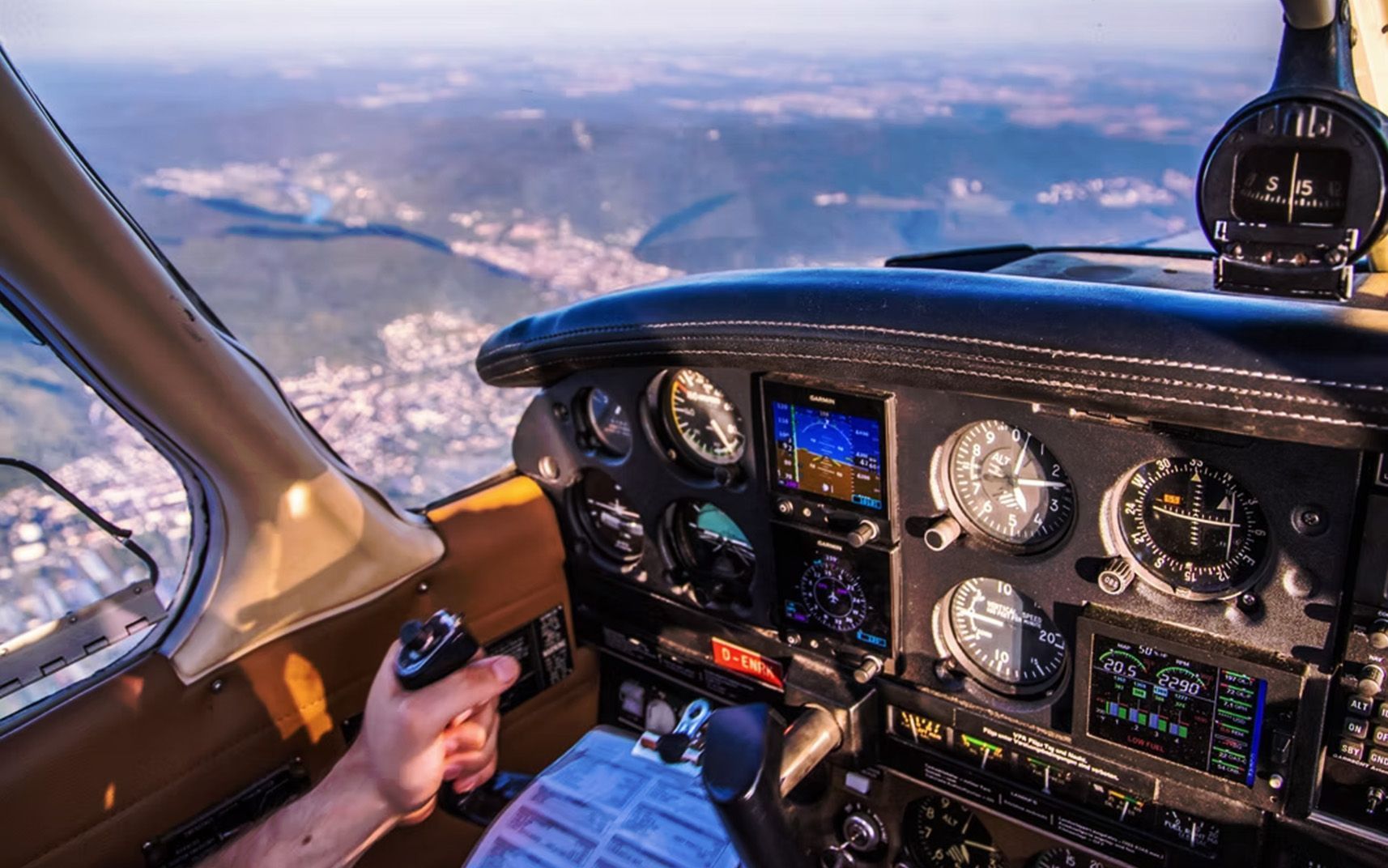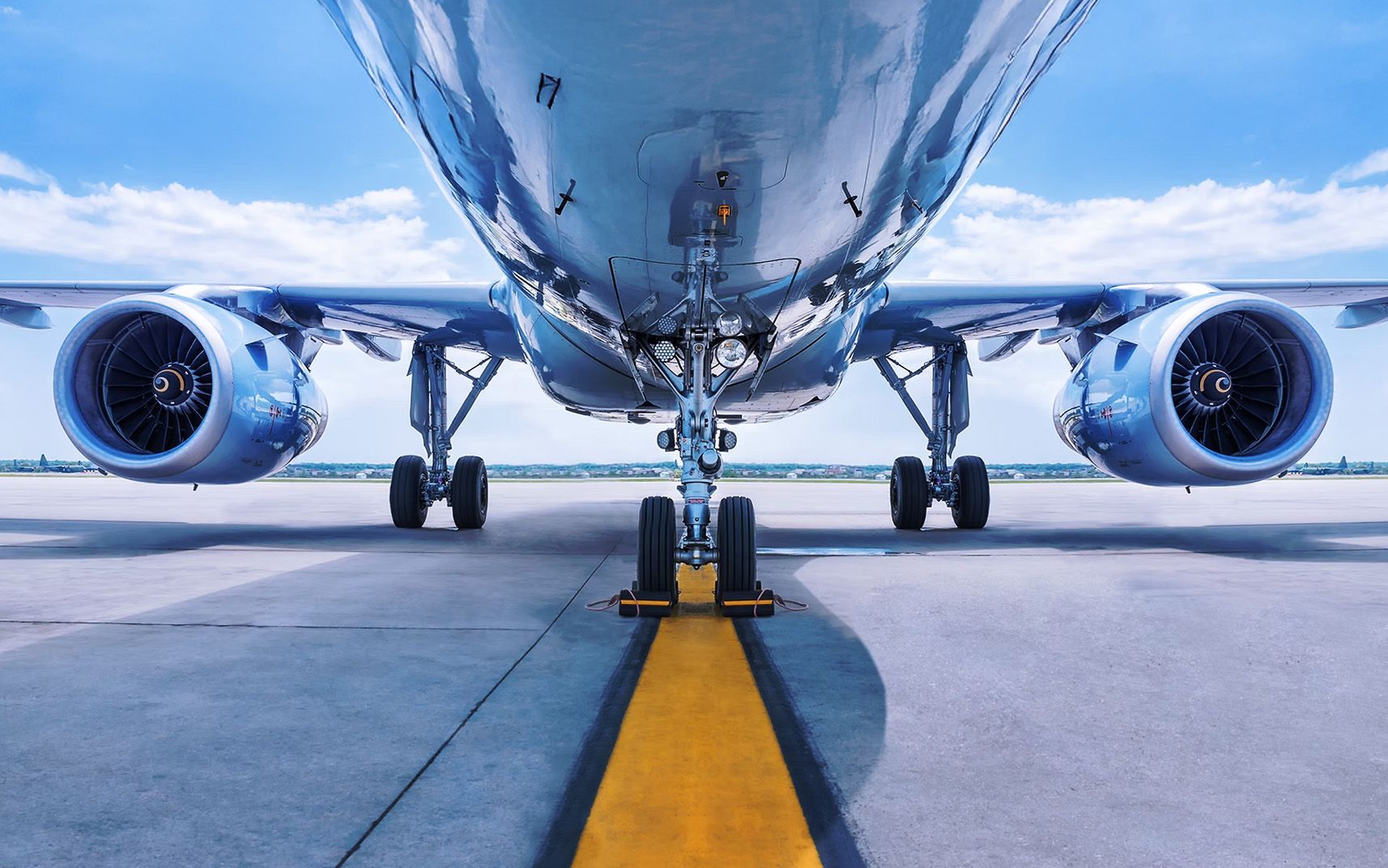What Is a Discovery Flight? Unveiling the Skies with Nationwide Aviation
Share this article
Flying a plane isn't just for seasoned pilots. With a discovery flight, you can sit in the pilot seat and feel the thrill of taking off for the very first time.
It's a short, introductory session designed to give you a real sense of what aviation training is like. You’ll be paired with a certified instructor, and together you'll go through a pre-flight overview, take to the skies, and even get a chance to handle the controls. No pressure, no long-term decisions, just you and the open sky.
This isn’t a simulation or a passive ride. It’s a direct experience of what it means to fly.
If you’ve been thinking about a career in aviation or just want to explore the idea, a discovery flight is the perfect way to start. Book yours today and see if flying is your next big move.
What Is a Discovery Flight?
A discovery flight is an introductory flying session built for individuals who want to experience aviation firsthand. You'll sit in the pilot seat beside a certified flight instructor and learn the basics in real time. Most flights last between 30 and 60 minutes, providing just enough time to explore the controls and feel what it's like to navigate the sky.
Your instructor will walk you through a quick safety overview, and once you're airborne, you may even get the chance to fly the aircraft yourself under close supervision. This is a learning experience designed to give you a taste of real flight training without any pressure to commit.
Flights follow FAA regulations and are conducted using registered training aircraft. If you're thinking about aviation as a hobby or career, a discovery flight is a solid way to start exploring what's possible.
What Happens During a Discovery Flight?
Your discovery flight begins the moment you arrive at the training facility. After a brief introduction and check-in, you'll meet the certified instructor who will guide you through the experience. The session starts with a short overview of what to expect and a quick walkthrough of the aircraft’s features. Safety always comes first, so you'll participate in a pre-flight inspection to understand how the aircraft is prepared before takeoff.
Once you're ready, it’s time to taxi to the runway and take off. You’ll feel the engine power up and watch the world fall away beneath you. During the flight, your instructor may hand over the controls for a bit so you can get a true feel for what it’s like to fly. All of this happens under supervision, so you stay safe while learning.
After landing, there’s time to ask questions, talk through the experience, and discuss your next steps. The entire session is designed to be safe, exciting, and approachable for someone with no previous flight experience. It’s about building confidence, exploring aviation in a real setting, and discovering a sense of freedom that only flying can offer.
Who Should Take a Discovery Flight?
A discovery flight is designed for anyone who has ever imagined sitting in the pilot seat. It’s ideal for people who are curious about flying, exploring a new hobby, or thinking seriously about a career in aviation. It also makes a unique and memorable gift for someone who dreams about taking to the skies.
This kind of flight removes the pressure of big decisions. You don’t have to sign up for a full program. You don’t need prior experience. It’s a chance to explore aviation and see how it feels to fly with guidance and support.
Many students discover a passion they didn’t know they had. Others gain clarity on whether flying is the right fit for their lifestyle and goals.
If you're feeling hesitant about jumping into something new, a discovery flight can help ease those doubts. It’s a starting point that brings the dream of flying down to earth.
Benefits of a Discovery Flight
A discovery flight gives you a realistic view of what it means to train as a pilot. You’ll sit in the pilot seat, interact with real flight equipment, and participate in a short training experience that feels authentic. Instead of guessing what aviation school might be like, you’ll experience it firsthand in a way that is engaging and low-pressure.
This type of session helps answer common questions early. You can ask about training options, scheduling, and what to expect long term. It’s also a great way to see how you respond to flying. Some students walk away with a new sense of clarity and confidence, while others decide that aviation might not be their path, and both outcomes are valuable.
For those who decide to continue, a discovery flight counts as your first official logbook entry. It’s more than an introduction. It’s an opportunity to explore aviation, meet instructors, and make informed choices about what comes next.
Common Questions About Discovery Flights
Many first-time flyers have similar questions before booking a discovery flight. Here are a few common ones:
Do I need experience?
Not at all. These flights are designed for beginners. No pilot knowledge or training is required.
What should I wear?
Choose something casual and weather-appropriate. Closed-toe shoes are recommended, and sunglasses can be helpful on sunny days.
Is it safe?
Yes. Flights follow FAA regulations and are conducted with certified instructors in maintained training aircraft. Safety procedures are explained before takeoff.
Will I get to fly the plane?
In most cases, yes. Once the aircraft is stable in flight, the instructor may let you take the controls briefly. It’s a chance to feel what flying is like with guidance and support.
If you're curious but unsure, a discovery flight can give you answers and help you decide if flight training is the right fit.
A discovery flight brings you closer to the feeling of freedom and the spark of something new. You’ll walk away with clarity, excitement, and a sense of what’s possible. If you've ever dreamed of flying, this is your chance to take the first real step. Schedule your flight and see where it leads.ep toward the horizon. The skies are calling.
Recent Posts
